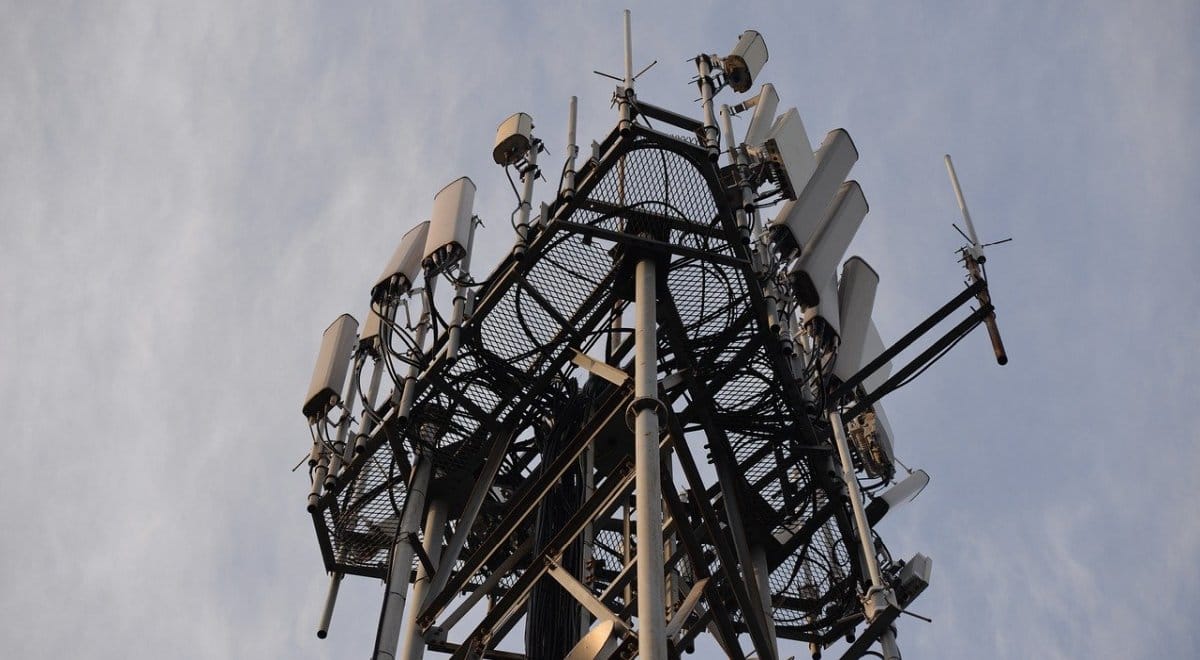
What Is 5G Technology and How Does It Affect You?
If you’ve bought a modern smartphone or even glanced at any tech news or reviews, you’ve likely heard about 5G technology. Promising faster speeds, reduced lag, and unprecedented connectivity, 5G has been positioned to be a revolutionary upgrade over previous generations of wireless networks. But what exactly is 5G technology, and how does it affect you? In this post, we’ll explore the basics of 5G networks, how they differ from 4G, their potential benefits, and how they will change the way you use your mobile devices and more as the 5G network expands. So, let’s dive into what makes 5G such a big deal.
Understanding 5G Technology: The Basics
5G stands for the fifth generation of mobile network technology. It’s designed to be the successor to the 4G LTE networks that most of us have been using for the last decade or so. Unlike its predecessors, 5G technology uses a blend of high, medium, and low-frequency bands to create a network that’s not only faster but also more responsive and capable of handling more devices simultaneously.
The low-band frequencies provide expansive coverage but aren’t much faster than 4G. Meanwhile, the mid-band and high-band (often called millimetre-wave or mmWave) frequencies are where the real speed benefits lie, albeit with a trade-off in range. While previous generations like 4G mainly focused on faster internet speeds, 5G is all about providing a multi-faceted upgrade – faster speeds, improved reliability, and ultra-low latency that could open doors to entirely new ways of using technology.
Speed and Latency: The Game-Changers
One of the most immediate advantages of 5G technology is speed. We’re talking download speeds that are ten times, or even a hundred times, faster than 4G. Imagine downloading an entire movie in seconds rather than minutes. This kind of speed isn’t just for showing off; it has practical implications for everything from smoother video calls to lag-free mobile gaming and faster cloud access.
Latency is another area where 5G technology truly shines. Latency refers to the time it takes for data to travel from your device to the network and back. With 4G, latency can be anywhere from 30 to 50 milliseconds, but with 5G technology this could drop to as little as 1 millisecond. Lower latency will make interactions feel instantaneous, which is particularly important for real-time applications like gaming, augmented reality (AR), and virtual reality (VR). In simple terms, the responsiveness of everything you do online could improve dramatically, making 5G technology a game-changer.
Greater Device Connectivity
Have you ever noticed how your 4G signal struggles when you’re at a big event with lots of people like a football match? One of the essential aspects of 5G technology is its ability to handle many more connected devices at once. This feature isn’t just about making sure your smartphone has a strong signal at a concert – it’s crucial for the future of smart cities, self-driving cars, and the ever-growing number of IoT (Internet of Things) devices.
With 5G, it’s possible to connect millions of devices in a small area, all with strong and reliable connections. This increase in network capacity makes it easier for everything – from smart traffic lights to wearable health devices – to work seamlessly and efficiently. As more and more everyday items become “smart” and connect to the internet, 5G technology will be there to ensure that all these devices work smoothly together.
Impacts on Mobile Device Usage
So, how does 5G technology affect you, specifically as a smartphone user? For starters, your mobile experience is about to get a lot more seamless. Streaming high-definition video without buffering, playing online games with zero lag, and even using AR filters in real-time without hiccups will all be within your grasp. With 5G technology, you won’t just be using your mobile devices the same way but faster – you’ll be able to do entirely new things that just weren’t possible on older networks.
For instance, augmented reality applications that require real-time interactions can now become more mainstream. You could be walking through a new city and using AR to see directions projected in front of you, all in real time. Online gaming, a sphere where milliseconds count, will also benefit hugely from the low latency and reliable speeds offered by 5G technology.
Another significant area of change will be in data usage. 5G is a data-hungry technology, and while unlimited data plans are becoming more common, it’s something to keep an eye on. Since 5G technology makes it so easy to download large files or stream content in the highest quality, you may end up using a lot more data than you do on 4G – especially if you’re streaming content in 4K or downloading lots of apps.
The Broader Impact: Beyond Smartphones
5G technology isn’t just about faster Netflix on your phone or smoother mobile gaming. The technology promises to be a transformative force across many industries. Healthcare, for example, stands to benefit significantly. Imagine remote surgeries conducted by surgeons using robotic tools controlled over a 5G network. The ultra-low latency and reliability of 5G could make that a reality.
The automotive industry is another field that’s poised for change. 5G technology is crucial for the development of self-driving cars, where split-second decision-making is literally a matter of life and death. Cars will be able to communicate with each other and with infrastructure (such as traffic signals) more efficiently, improving safety and reducing traffic congestion.
In entertainment, too, we could see changes in how we consume media. Virtual reality headsets will become more powerful and mobile with the help of 5G technology, allowing for fully immersive experiences without the need to be tethered to a computer. These advances are all part of what 5G aims to achieve – not just a better version of 4G, but a platform for innovation and new applications that we haven’t yet imagined.
Potential Downsides and Concerns
No new technology is without its drawbacks, and 5G technology is no exception. For one, 5G infrastructure requires the installation of many more mobile towers, particularly for the high-frequency bands that provide those incredibly fast speeds. These millimetre-wave signals don’t travel as far as 4G signals, meaning networks will need a denser array of smaller towers. This has raised concerns about the aesthetics of neighbourhoods, as well as questions about potential health impacts. While scientific consensus generally supports that the radiation levels are safe, it’s a topic that still seems to stir controversy.
Another potential downside is the issue of coverage. While urban areas are likely to see rapid 5G rollouts, rural regions may lag behind, similar to what we saw with 4G. This could lead to an even greater digital divide between cities and rural areas, affecting equal access to these new capabilities.
How 5G Technology Changes Your World
So, what is 5G technology really, and how does it affect you? In simple terms, it’s a faster, smarter, and more connected version of the network you already use. With speeds that are much faster than 4G, ultra-low latency, and the ability to connect more devices at once, 5G technology will change not only how we use our smartphones but also how entire industries operate.
For the average person, 5G technology will mean better mobile internet, new ways to interact with AR and VR, and potentially even a transformed entertainment experience. But beyond that, 5G sets the stage for broader technological advances that could impact everything from healthcare to transportation. It’s the infrastructure of the future, and as it rolls out, you’ll start to see its effects not only on your smartphone screen but in your day-to-day life as well.








